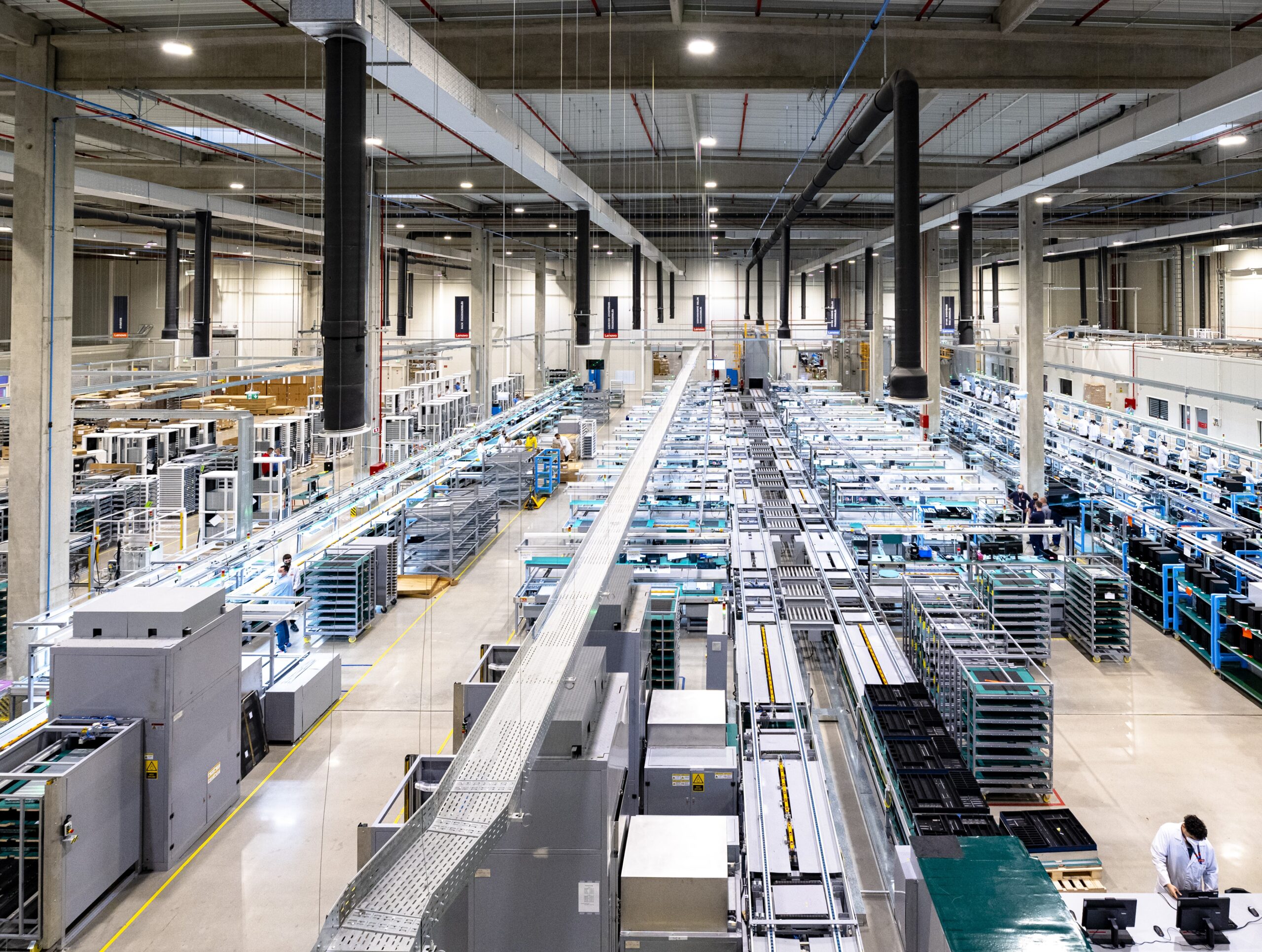I'd be willing to bet that as a youngster you spent many happy hours building things. Whether it was an Erector set, Legos, plastic models, or sand castles, you probably — like me — took great pride and satisfaction in the things you made. I'm equally sure that you didn't know at the time you were developing some of the interests and skills that would lead you to a career in manufa...
I’d be willing to bet that as a youngster you spent many happy hours building things. Whether it was an Erector set, Legos, plastic models, or sand castles, you probably — like me — took great pride and satisfaction in the things you made.
I’m equally sure that you didn’t know at the time you were developing some of the interests and skills that would lead you to a career in manufacturing. The urge to build, to assemble, to produce some kind of product is a lifelong addiction for millions of us.
Thanks to people like you the U.S. is the world’s leading producer of manufactured goods. Standing alone, the U.S. manufacturing sector would represent the fifth-largest economy in the world. The sector continues to account for 14% of U.S. GDP and 11% of total U.S. employment.
But those figures are trending down, and complete recovery to higher levels is anything but certain. We are now watching the manufacturing sector of our economy wane in the face of tremendous pressures both domestically and globally. We must not allow this trend to continue.
On January 16, 2004, the U.S. Dept. of Commerce released a landmark report: Manufacturing in America: A Comprehensive Strategy to Address the Challenges to U.S. Manufacturers (read it at commerce.gov/DOC_MFG_Report_Complete.pdf ). The report identifies six key areas that manufacturers say require immediate attention:
Enhancing government’s focus on manufacturing competitiveness
Creating conditions for economic growth and manufacturing effectiveness
Lowering the cost of manufacturing in the U.S.
Investing in innovation
Strengthening education, retraining, and economic diversification
Promoting open markets and a level playing field.
The report also offers a number of specific actions to address these issues. Among the more publicized are the creation of an Assistant Secretary of Commerce for Manufacturing and Services and the creation of a new U.S. Office of Industry Analysis.
All of this creates a unique opportunity for us to influence activities and policies that can make a difference in our professional lives. May I suggest, therefore, some ways you can make a difference.
Keep yourself and your employees informed on these important matters
Communicate your views to your elected officials
Encourage the manufacturing-oriented associations to which you belong to become active participants.
Your support now is more important than ever.



